Let’s dive into the world of burritos, those tortilla-wrapped parcels stuffed with delicious ingredients and often topped with a zesty sauce. As someone who’s wandered through Mexico with Sabores Mexican Food Tours and joined Mexico City Tours for Foodies, I’ve tasted the rich story of Mexican cuisine firsthand. Burritos, though wildly popular in the USA where they rival the sandwich, burger, and pizza as ultimate comfort food, have a unique place in Mexico.
Their origins are deeply tied to the northern part of the country, especially in Northern border towns like Ciudad Juarez, Sonora, Chihuahua, Coahuila, Ensenada, Baja California, Baja Sur, Hermosillo, and Mazatlán. These northern states gave birth to the burrito, a quick choice to matar el hambre (kill hunger) with fresh, flour tortilla wraps made from scratch.
In places like Juarez or Sinaloa, you’ll find burritos everywhere at local spots like Bus Burritos, OXXOs, or 7Eleven, where they’re a common grab-and-go meal. Unlike the Americanized versions at American restaurant franchises serving Tex-Mex cuisine, the real Mexican burrito in Northern Mexico is simpler, focusing on traditional local cuisine with bold tastes. While food lovers might think burritos are as widespread in central Mexico like Guanajuato or Mexico City as they are abroad, they’re less common there, overshadowed by other regular Mexican foods.
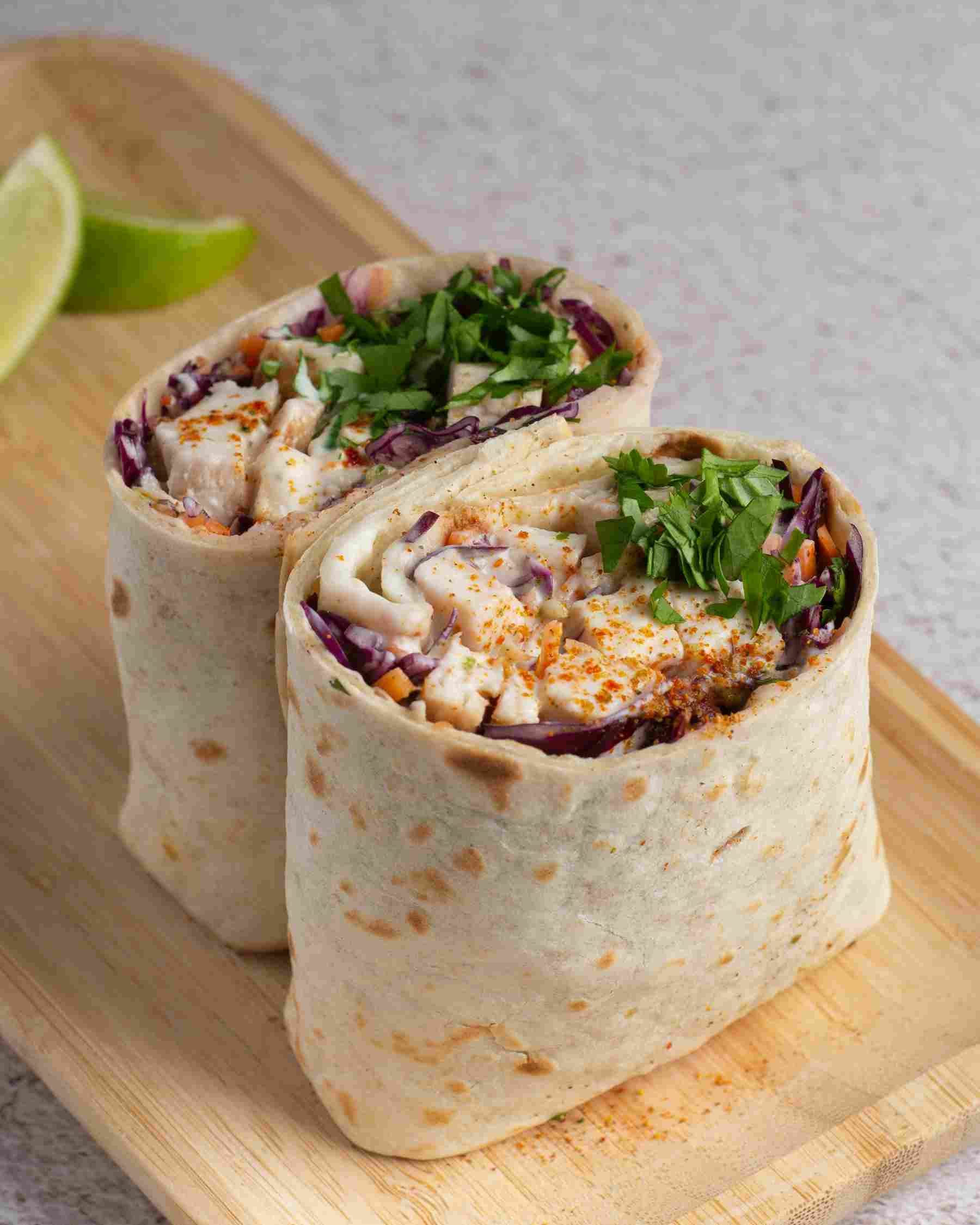
Burritos are a love letter to Mexican food, packed with simple fillings that tell stories of family, kids, and childhood memories. Growing up near Southern California, I’d see street vendors outside schools or in the downtown business area, their carts loaded with big burritos—some as long as your forearm! These weren’t the kitchen sink style you might find in Texas or California, stuffed with guac, pico de gallo, sour cream, rice, lettuce, and cheese. In Mexico, burritos lean minimal, focusing on classic fillings like beans, pinto beans, refried bean, or a simple meat like carne asada, barbacoa, or chorizo.
The traditional fillings in Mexico vary by region. In the north, you might bite into a carne asada burrito or machaca (dried carne seca) with eggs, a nod to hearty breakfast dishes.
In central Mexico, guisado burritos shine, stuffed with prepared meat dishes like puerco en salsa verde, tinga poblada, or cochinita pibil, a Yucatán favorite. Unlike the large portions and diverse fillings popular in the US or among Canadians in BC or Alberta, Mexican burritos skip the no rice, no lettuce, no Pico de Gallo, no sour cream trend. They’re about the meat filling (think bistec, steak, or grilled ingredients) paired with potatoes, potato stew, green chili, or red chili.
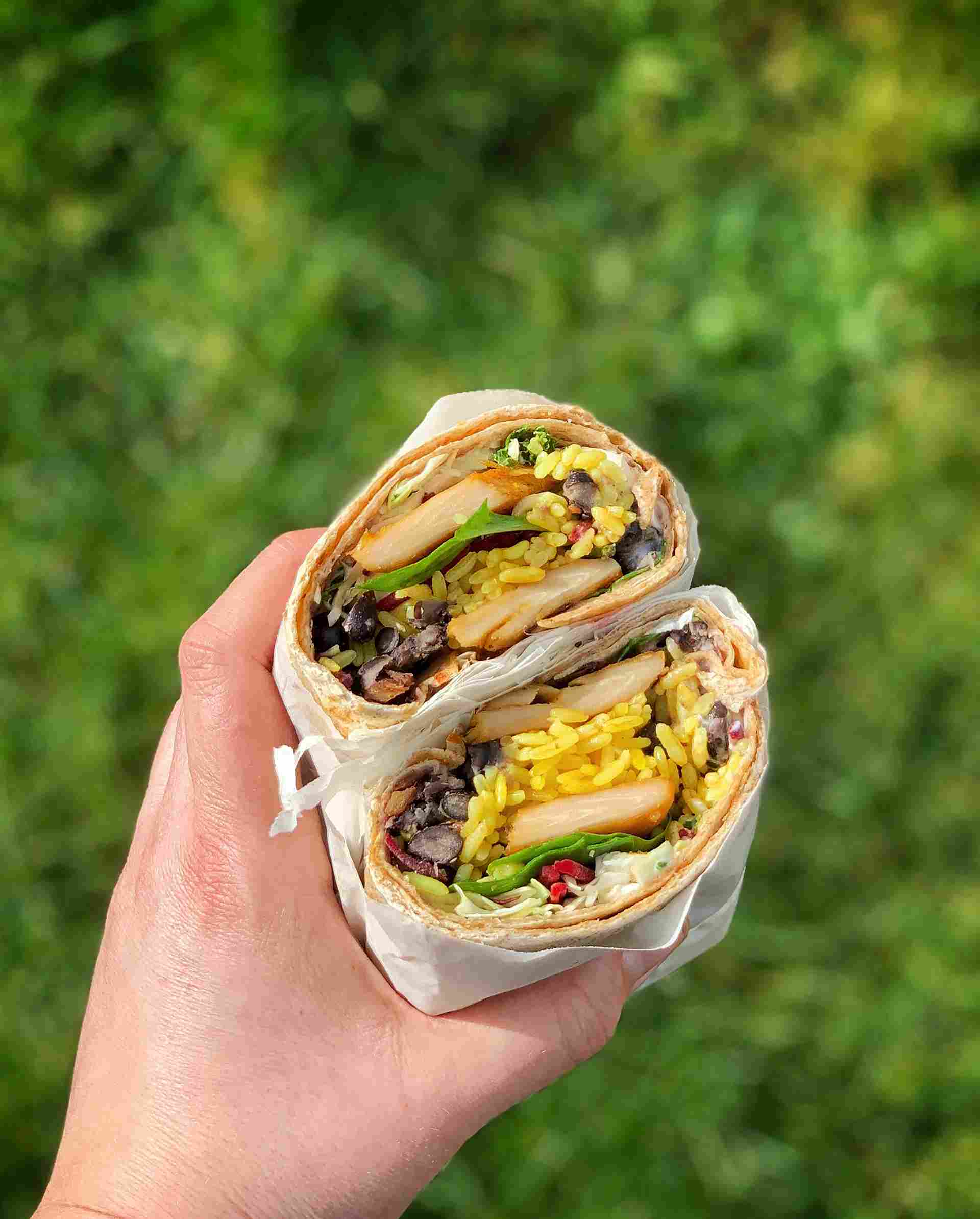
Burrito sellers in Mexico are everywhere, from street stands to door to door vendors, and even big businesses selling to hungry crowds. They make burritos at home or in small kitchens, often for breakfast, lunch, or dinner. Some fillings, like mole or grilled veggies, feel like a special treat, while European hard cheeses, Monterey jack, Asadero, or Chihuahua cheeses add a creamy touch.
In my research, I found northern Mexicans might eat burritos twice a week, especially in places like nursery schools where kids gobble them up. Unlike tacos, quesadillas, sizzling fajitas, or chimichangas, burritos are built for convenience, easy to eat on-site or toss in a microwave to reheat.
Mexico’s burrito scene is a lively part of its culture, offering a distinct taste that feels like home, much like how people debate if Are the Paris Catacombs Worth It? when exploring unique experiences. I remember my cousins gobbling up big burritos their mom crafted, stuffed with simple yet delicious ingredients like potatoes, chorizo, and beans, eaten during short breaks from school or painting the exterior of our house. Unlike the overstuffed versions found in western provinces or the donairs loved by Haligonians, a Mexican burrito with carne and red chili or guisado with pork and green chili lets every bite shine without extra filler.
Are There Burritos in Mexico
Yes, burritos exist in Mexico, but they’re most common in the northern states like Chihuahua and Sonora. Unlike the large, stuffed American-style burritos, Mexican burritos are simpler, usually filled with beans, meat, or potatoes inside a flour tortilla. Their roots trace back to northern border towns, and today they remain a quick, traditional meal enjoyed at street stalls, local shops, and homes across Mexico.
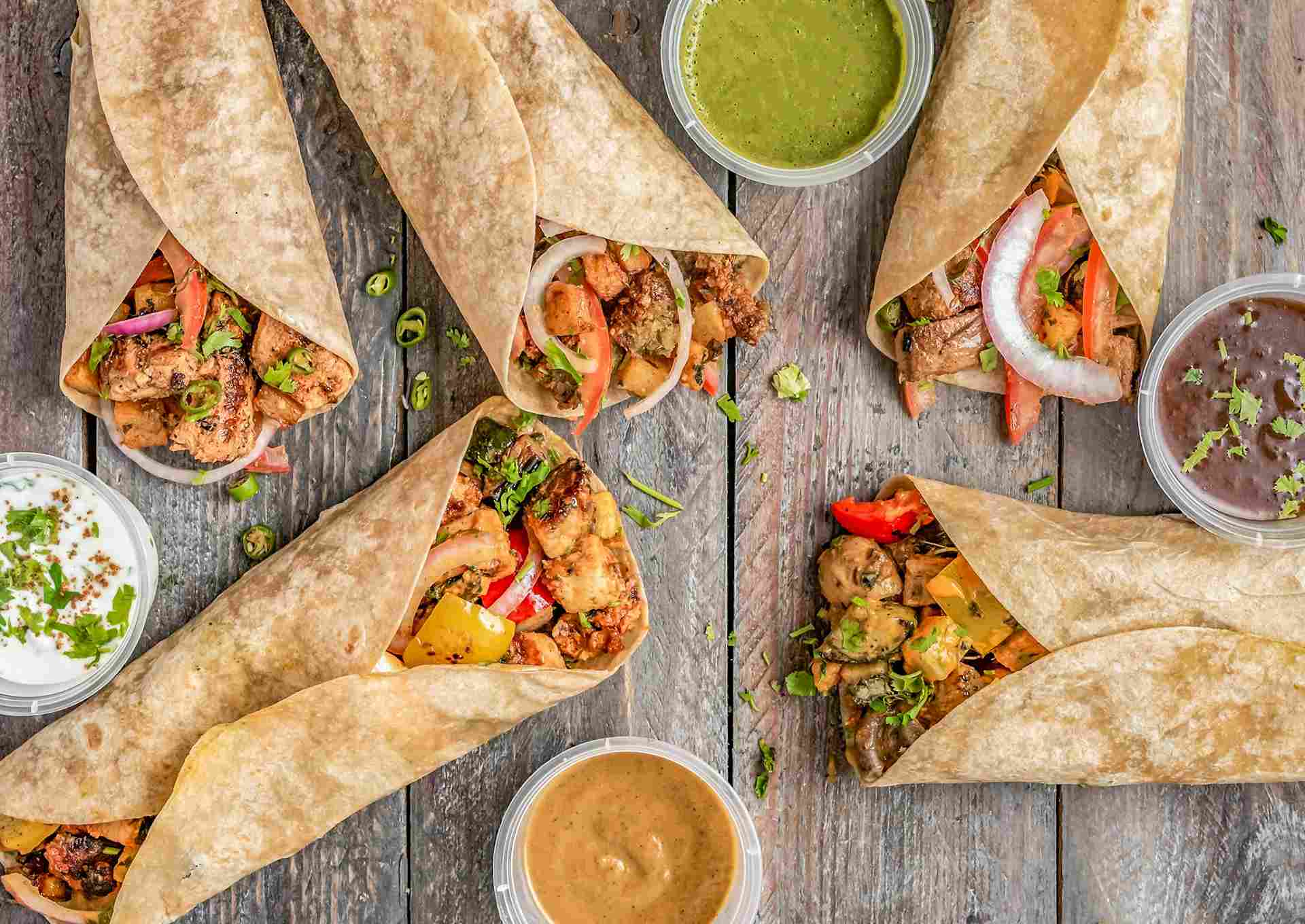
History of the Burrito
The burrito, a dish wrapped in large wheat flour tortillas, got its start in northern Mexico, and its name, meaning ‘little donkey’ in Spanish, carries stories as rich as the country’s landscape. I remember my grandpa in Chihuahua sharing tales of Vaqueros, or cowboys, and cattle ranchers who relied on this handy food while traveling on horseback riding adventures.
Burrito’s history ties to Juan Méndez, a street food stand owner in Ciudad Juárez during the Mexican Revolutionary period in the early 20th century. Legend has it he used a donkey to carry food parcels wrapped in large tortillas, keeping them warm and fresh for miners in mining communities. The moniker stuck because the rolled tortillas looked like heavy bags on a mule, and soon, the burrito became a local specialty that traveled far beyond Mexico.

Food historians point to earlier roots, like the Mayan civilization around 1,500 BC, where Mayan people used corn tortillas to wrap food for long distances, creating proto-Burritos. These early versions were practical dishes for travelers, much like the burritos that became a foodie sensation by the late 19th century. My own trips to northern Mexico showed me how the wheat flour tortilla made burritos easier to eat on the go, a trick cowboys loved. English-language sources from the 1930s note the burrito in its present form, with three origin stories adding to the mystery. From a global phenomenon to a beloved dish, the burrito’s popularity grew, blending culture and adventure into every bite.
The Popularity of Burritos
Burritos became a popular food thanks to Mexican citizens moving to the United States starting in the 1920s. My great-uncle, who worked in New Mexico under the Bracero programs, told me how Mexican workers with temporary work permits brought their regional specialty to agricultural roles in the southern territories.
By the 1960s, US government diplomatic agreements helped this emigration, and burrito sellers started popping up in fast-food stalls and diners. In major cities like LA, San Francisco, and San Diego, the burrito’s growth was unstoppable, with every worker grabbing a quick, tasty wrap. I still remember the smell of a burrito from a tiny stall in San Diego, packed with flavors that felt like home.
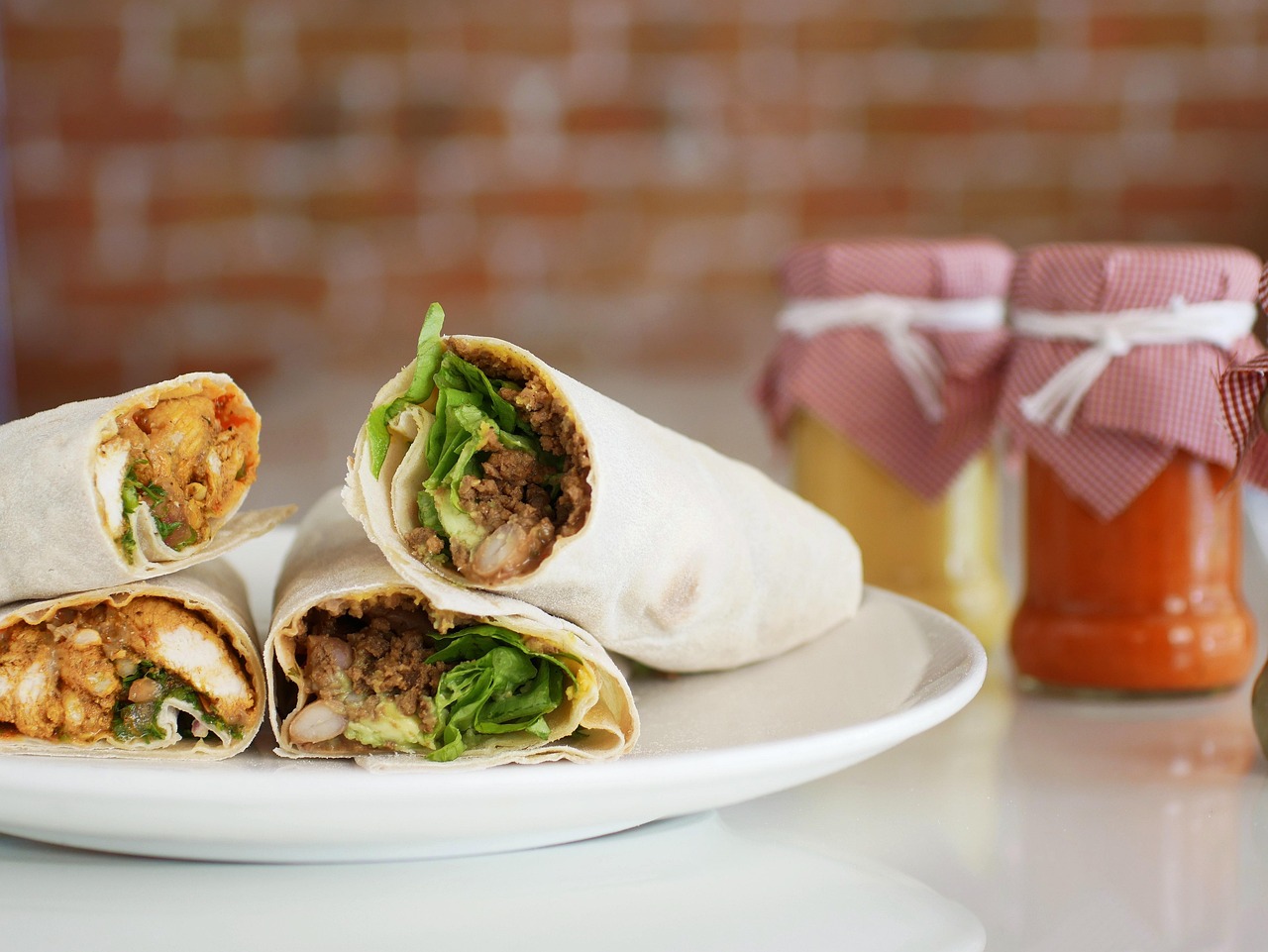
The evolution of the burrito turned it into a dish widely served across the US and today, the globe. Mass production made it easy for food officials to see its appeal, and soon, burritos were sold in countless styles, each with a spin on its Mexican origins. Foodies love the variety, from simple beans and meat to loaded versions. Back in Mexico, burritos remain a staple, with every region adding its own twist. My trips to Mexico showed me how this dish keeps its roots while spreading far and wide, loved by everyone from street vendors to city chefs.
The Burrito in Mexico Today
In Mexico today, burritos shine as a quintessentially Mexican food, especially in northern Mexico like Chihuahua and Ciudad Juárez, where the little donkey got its name. Growing up, I joined a Taco Tour in Mexico City, but it was in the north where I tasted Mexican burritos wrapped in wheat flour tortilla wraps, so versatile and comforting they felt like a hug from home. Unlike the smaller tacos con tortilla de harina (flour tortilla tacos), burritos pack a hearty punch, holding their own against traditional tacos. Their popularity has made them an international celebrity, traveling to foreign lands while staying true to their roots in the country’s northern regions.
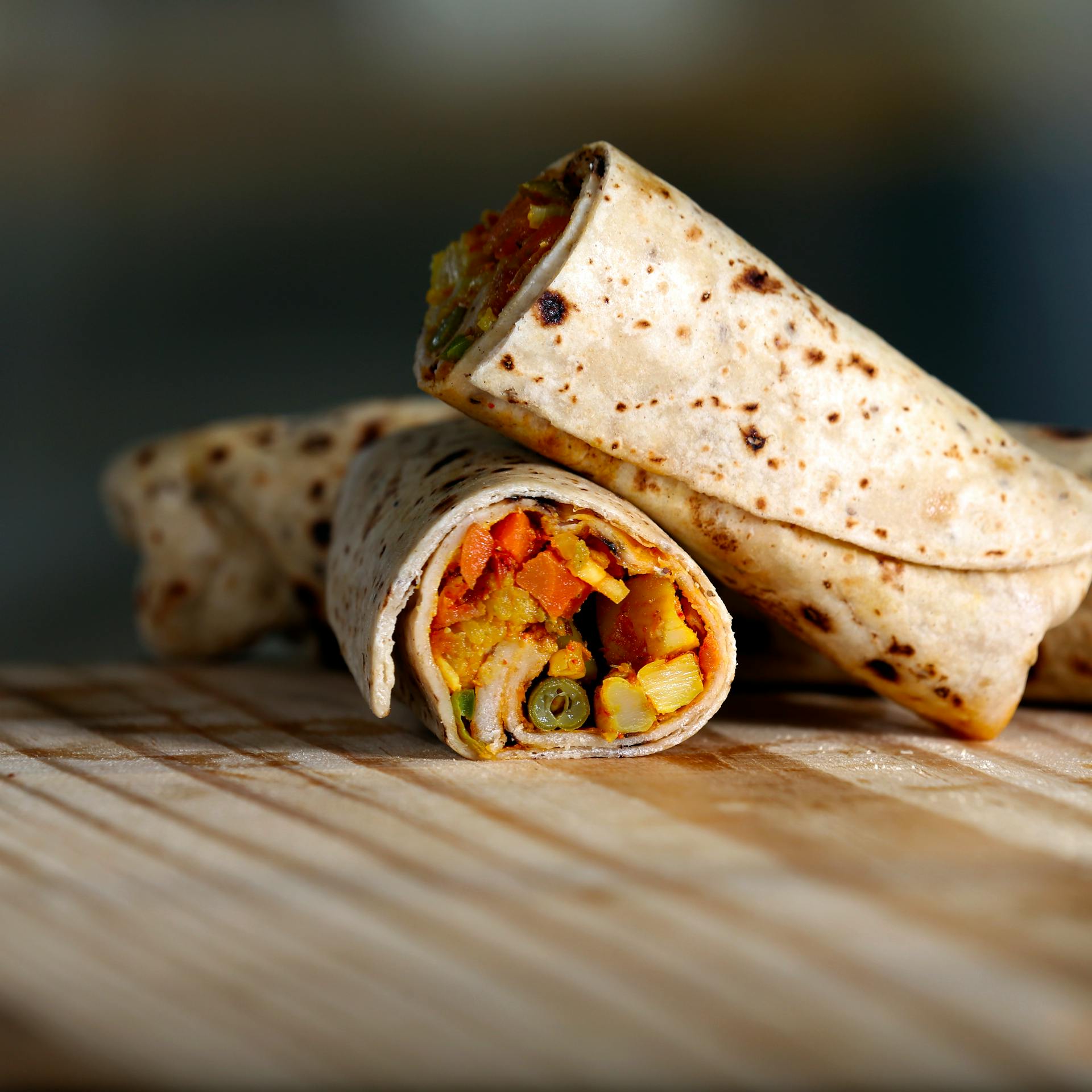
The 21st century has seen burritos become a regional specialty with a design that celebrates Mexican food’s depth and diversity, even earning nods toward UNESCO World Heritage status for Mexico’s gastronomy. I’ve seen vendors in Chihuahua pair them with beer or mezcal, making every bite a party. Compared to other countries, Mexican burritos stay simple, focusing on bold flavors without overloading. My cousins in the north swear by their local burrito, a far cry from the oversized versions abroad. This food remains a proud part of Mexico, blending tradition with a modern twist that keeps it loved worldwide.
Faq
Which country is famous for burritos?
The burrito, a cylindrical food item with Mexican origin, is wrapped in a tortilla filled with mixed filling like meat, cheese, beans, and vegetables. I tasted a true Mexican burrito in Chihuahua, but American spots like California pack in extra ingredients, making both countries famous for this burrito dish.
Are burritos called tacos in Mexico?
In Central Mexico and Southern Mexico, burritos aren’t tacos. Tacos de harina, or wheat flour tacos, use a tortilla that’s lightly grilled or steamed to soften and be pliable. I learned in Oaxaca that burritos are bigger, rolled to adhere fillings tightly, unlike smaller tacos.
What do Mexicans have with burritos?
Burritos pair with sides like chips, salsa, guacamole, beans, yuca fries from yuca or cassava, elote, queso, or even tacos. I loved munching dishes like these with burritos at Juárez stalls, making every bite tastier.
Are burritos American or Mexican?
The burrito’s origins are in northern Mexico, a practical, portable meal for workers. My uncle near Tijuana swore at them for long days. Though popular in the U.S., this Mexican dish keeps its hearty meals rooted south of the border.

